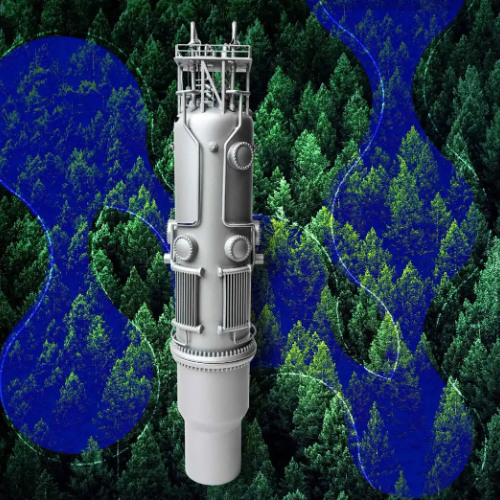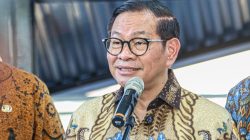Thailand’s Shift Toward Clean Energy and Nuclear Power
Thailand is exploring new avenues to meet its growing energy demands while addressing environmental concerns. The government’s focus on clean energy and high-tech investments, particularly in data centres, could mark a pivotal shift in the nation’s energy strategy. As foreign investors seek reliable and sustainable power sources for their operations, the push for renewable energy has intensified. This trend may even lead to reconsidering nuclear power as a viable option.
The Demand for Clean Energy
The need for clean energy is driven by both global environmental campaigns and the operational requirements of industries such as data centres. These businesses require a consistent and uninterrupted power supply, which renewable sources like solar and wind may not always provide due to their dependence on weather conditions. As a result, Thailand might need to explore alternative energy solutions that can support continuous operations.
Narit Therdsteerasukdi, secretary-general of the Board of Investment (BoI), emphasized that clean energy will attract more foreign investment. He highlighted the potential of small modular reactors (SMRs) to provide a stable electricity supply, supporting future business development projects. SMRs are a form of nuclear technology with a capacity of up to 300 megawatts per unit, making them a compact and efficient alternative to traditional nuclear reactors.
The Role of Nuclear Power
Nuclear power offers a cleaner alternative to fossil fuels, emitting no carbon dioxide during operation. Unlike coal and gas-fired plants, SMR facilities use uranium as fuel, generating heat through nuclear fission without greenhouse gas emissions. This makes them an attractive option for countries aiming to reduce their carbon footprint.
However, the transition to nuclear energy requires careful planning and investment in infrastructure. The BoI noted that the digital sector, especially data centre development, has been a significant driver of investment in Thailand. In the first quarter of 2025, applications for investment promotion surged by 97% year-on-year, reaching over 431 billion baht. This growth underscores the importance of securing a stable power supply to sustain this momentum.
Preparing for the Future
State agencies, energy companies, and academic institutions are working together to build the necessary expertise and technological capabilities for nuclear energy development. Under the new power development plan (PDP), two SMRs, each with a capacity of 300MW, are set to be developed and commence operations by the end of the plan’s duration. The PDP aims to reduce the reliance on coal and gas, targeting a decrease from nearly 80% in early 2024 to 48% by 2037, while increasing the share of renewable energy to 51%.
The Office of Atoms for Peace is actively preparing Thailand for the adoption of SMRs. Collaborations with universities are underway to develop human resources in the nuclear energy sector. A nuclear energy curriculum is being designed for online and on-site teaching at King Mongkut’s University of Technology campuses, aiming to produce more engineers and technicians in this field.
International Collaboration and Research
Thailand is also studying global trends and international regulations related to nuclear energy to ensure it aligns with best practices. Experts suggest that France could serve as a model for developing a robust nuclear energy ecosystem. Despite past incidents, the French public accepts nuclear technology due to the country’s strong human resources and safety measures.
In the private sector, Global Power Synergy (GPSC), a power generation arm of PTT Plc, is collaborating with Danish company Seaborg Technologies to study SMR technology. GPSC is focusing on Generation IV SMR technology, which involves factory-built, modular units that can be transported and assembled on-site. This initiative, starting in 2024, is expected to continue until 2027.
The Path to Carbon Neutrality
Thailand’s efforts to reach carbon neutrality by 2050 will involve the development of various clean energy sources. Authorities are focusing on reducing emissions from 100 million tonnes in 2019 to 41 million tonnes by 2050. This ambitious goal requires a comprehensive approach, combining renewable energy, nuclear power, and other innovative solutions to ensure a sustainable energy future.






